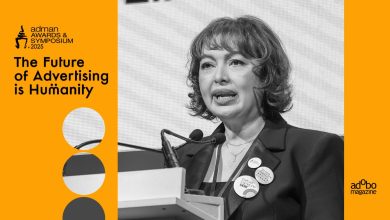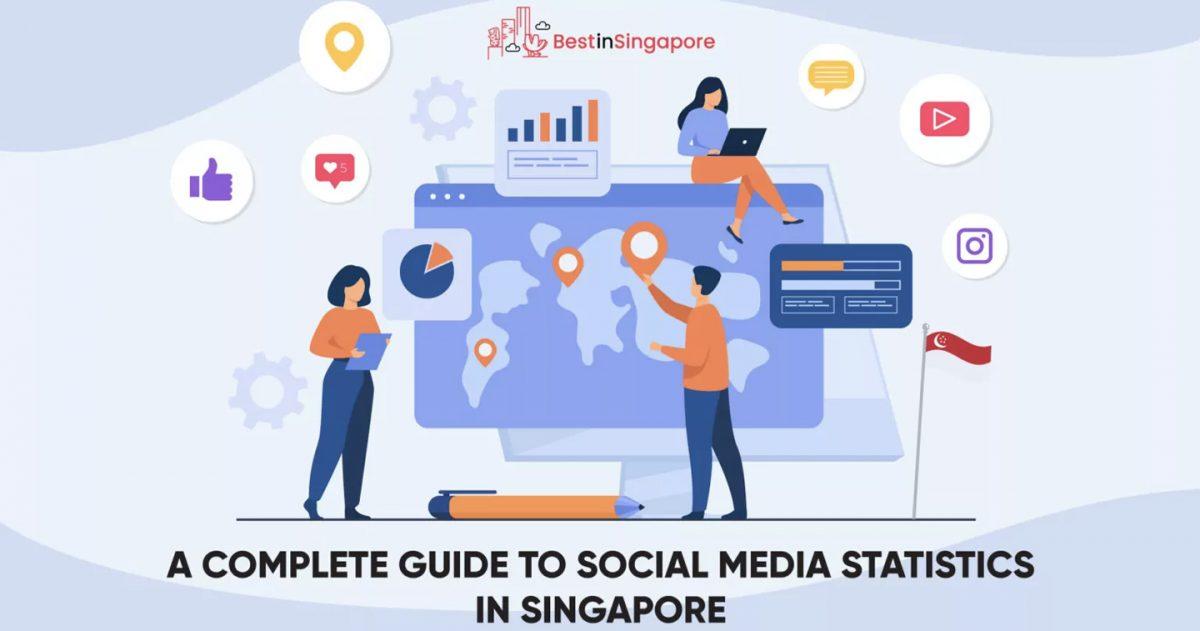SINGAPORE — E! Entertainment rebrands as “SHE!” across on-air, digital, and social platforms in celebration of International Women’s Day on March 8. “SHE!” will also feature powerful messages from the network’s female staff within the broadcast.
The special tribute of E! will begin on March 8 and it will include a lineup of the network’s most popular female-centric shows such as Keeping Up with the Kardashians, Very Cavallari, and Busy Tonight.
On March 9, E! will premiere a week-long series about women who made a strong influence in their own communities. The series will include women like young female executive producers to girl bosses of their own companies. Afghanistan refugee turned investigative journalist Nelufar Hedayat who uncovered the local black market and photographer Kate Parker who features aspirational young girls will also be included.
Busy Tonight will also feature special episodes on March 18, 19, and 22 featuring activist and actress America Ferrera, comedian Margaret Cho, culinary expert Elizabeth Chambers and the female cast from hit show One Day at a Time: Rita Moreno, Justina Machado, and Gloria Calderon Kellett.








